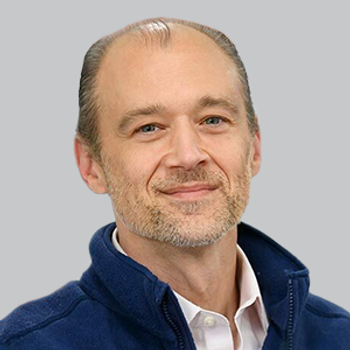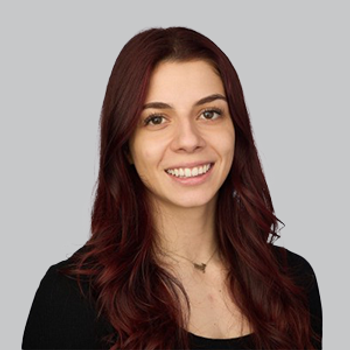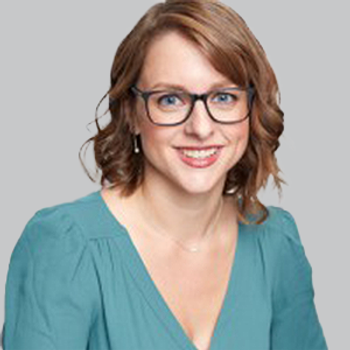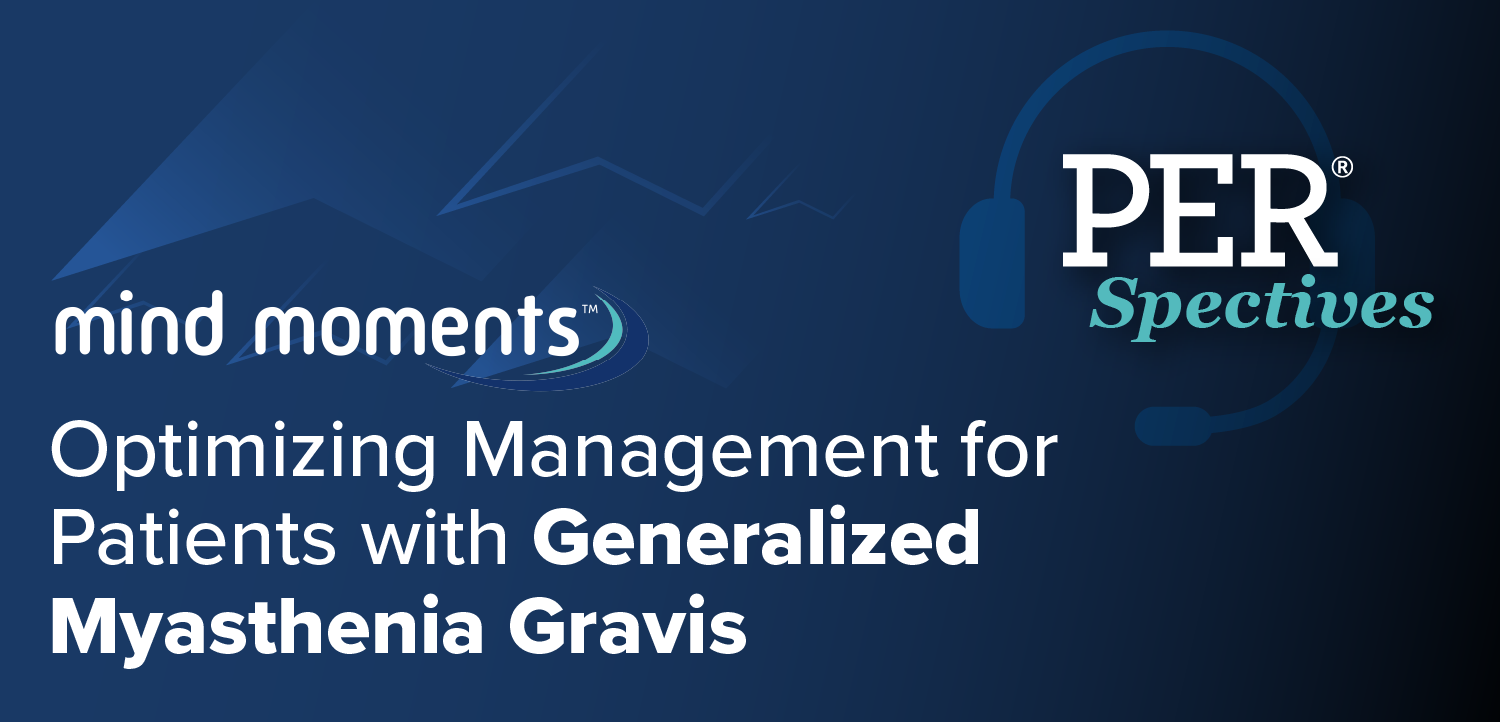
New Treatments, Global Collaboration Highlight 2025 Peripheral Nerve Society Annual Meeting
Committee chairs Vincent Timmerman, PhD, MSc, and Kathrin Doppler, MD, provide a preview of the 2025 PNS Annual Meeting, giving clinicians an inside look at what to expect from the upcoming conference.
The Peripheral Nerve Society (PNS) is a global non-profit organization comprising scientists, clinicians, and healthcare providers dedicated to advancing the understanding and treatment of peripheral nervous system disorders. Its mission encompasses supporting basic and clinical research, promoting education, and establishing standards of care in collaboration with patients and treatment developers.
The PNS Annual Meeting stands as the world's largest and most comprehensive scientific gathering focused on peripheral nerve biology and medicine. Scheduled for May 17–20, 2025, at the Edinburgh International Conference Centre in Edinburgh, UK, the meeting serves as a premier venue for presenting cutting-edge research, fostering international collaborations, and engaging in discussions across specialties in peripheral neuropathy.
Kicking off the meeting, Claudia Sommer, MD, president of the PNS, will give the introduction and lead presentation, focusing on the heterogeneity, disease burden, and disability of chronic inflammatory demyelinating polyneuropathy (CIDP). Following that, the session will feature numerous other notable talks, including one on axonal integrity and the role of complement by Jan Lunemann, MD, MBA, as well as opportunities to target the pathobiology of CIDP by Jeffrey Allen, MD. In addition, Sommer will also give an additional talk on demyelination and axonal damage interplay in CIDP, giving listeners more insight.
Ahead of the meeting, NeurologyLive® sat down with committee chairs Kathrin Doppler, MD, and Vincent Timmerman, PhD, MSc, to overview the key sessions, themes, and trends clinicians should anticipate. They highlight a growing focus on translational research and new treatment approaches for hereditary and inflammatory neuropathies, including CAR T-cell therapy, gene therapy, and humanized disease models. Doppler, a neurologist at the University Hospital of Wurzburg, in Germany, and Timmerman, a professor at the University of Antwerp, in Belgium, underscore the value of PNS 2025 as a platform for accessing unpublished data, exchanging ideas, and aligning clinical and scientific priorities for peripheral nerve disorders.
NeurologyLive: What should the clinical community—and neurologists specifically—be excited about at this upcoming PNS meeting?
Kathrin Doppler, MD: The PNS meeting is always a great opportunity to connect with people who are interested in peripheral neuropathies. It's a focused meeting on peripheral nerves, which is a very common area within neurology. I think all neurologists regularly see patients with peripheral nerve disorders, so this is a chance to really engage with experts across various subfields.
We’ll hear a lot about hereditary neuropathies and inflammatory neuropathies, and I believe there will be excellent talks covering basic science topics as well. That’s important for advancing our understanding of these disorders. There will also be poster sessions and time set aside just for discussion, which I always find valuable.
Vincent Timmerman, PhD, MSc: Yes, and I’d add that it’s a highly interdisciplinary meeting. You’ll find neurologists, rehabilitation experts, scientists—it’s a very broad community that’s been growing over many years. This year we have around 1,400 participants, which is the largest PNS meeting ever organized, to my knowledge.
Bringing together all of these perspectives is essential. Clinicians can highlight the challenges they face, and scientists can respond by identifying research priorities—whether that's therapy development, disease prediction, or genetic counseling. The program will cover everything from basic biology to molecular mechanisms, cell and animal models, and clinical insights. That comprehensive scope is really the strength of this community.
What sessions or trends should attending clinicians pay close attention to?
Kathrin Doppler, MD: For clinicians, I’d say the Clinical Highlights Session is essential—it features updates on interesting and new clinical trials. We also have a Clinical Case Session this year, where real-world case studies are discussed, which I think is particularly valuable for neurologists.
Across the board, there’s a nice mix of basic science and clinical content, especially in the platform presentations and special interest group (SIG) sessions. You’ll see talks on topics like new treatment options for CIDP, outcome measures for CMT, and disease pathophysiology. There’s something for every level of clinical interest.
Vincent Timmerman, PhD: Yes, Kathrin and I worked together to carefully select presentations that will provide both neurologists and scientists with the latest, often unpublished data. Some of the most impactful studies—possibly including clinical trial updates—will be presented here first. That’s why this meeting is so valuable. It helps us see where the field is headed and how we can contribute to improving patient care and quality of life.
How does this year’s meeting differ from past PNS meetings?
Kathrin Doppler, MD: I think one of the biggest changes—or maybe trends—is the shift toward more studies focused on treatment. A few years ago, we saw a lot of exciting gene discoveries in hereditary neuropathies, and new autoantibodies were being identified in inflammatory neuropathies. The emphasis then was on diagnosis and biomarker research.
Now, we’re seeing more abstracts and talks on therapy, both for inflammatory and hereditary neuropathies. This includes clinical trials and studies focused on chemotherapy-induced neuropathy, and broader efforts to protect and restore nerve function.
Vincent Timmerman, PhD, MSc: I agree. Over the years, we’ve seen a gradual shift from purely academic research to a more translational focus. We’re now seeing the clinics and the science come together in meaningful ways—especially with new therapeutic approaches, like gene therapy and immune-modulating treatments.
Of course, not all diseases will be treatable in the near future, but the fact that we’re seeing real convergence of technologies gives us hope—even for ultra-rare neuropathies.
Are there any emerging topics or innovations that clinicians should keep a close eye on?
Kathrin Doppler, MD: Yes, several. In autoimmune neuropathies, CAR T-cell therapies might become important in the future. On Education Day, we’ll hear more about their broader use in autoimmune diseases. There are also ongoing clinical trials in CIDP, and in hereditary neuropathies we’re seeing new treatment targets, such as those affecting CMT with SORD mutations. Gene therapy is a major area of interest, but we’re also looking at disease-modifying therapies that act on neuropathy-related pathways.
These are still under study, but that’s what makes this meeting exciting—many of the therapies being discussed are unpublished or early-stage, and we’ll see in the coming years whether they become viable.
Vincent Timmerman, PhD, MSc: Another big development is the emergence of humanized disease models. Traditionally, we’ve relied heavily on mouse or animal models. But due to ethical considerations—and the limitations of non-human systems—we're seeing increased use of induced pluripotent stem cells (iPSCs) and 3D tissue models.
These models better reflect the human condition and can be used for drug screening and disease modeling. They won’t completely replace animal models yet, but they will complement and eventually transform how we test therapies.
How important is it to have multidisciplinary and international representation at a meeting like this?
Kathrin Doppler, MD: It’s incredibly important. The meeting brings together basic scientists, clinicians, and experts from other fields like rehabilitation and pain management. We also have more talks this year on neuropathic pain, which will be relevant across specialties. When you work in a hospital, you’re often limited to your own department’s perspective. But here, you get input from people in other clinical and research fields, which can reshape how you think about the same problems. That type of cross-disciplinary dialogue is one of the great strengths of this meeting.
Vincent Timmerman, PhD, MSc: Yes, and we’ve made a point of prioritizing diversity and global participation. We’ve invited speakers and attendees from Asia, Africa, Latin America, and beyond—not just Europe and the U.S. Diseases don’t respect borders, so neither should our research community. We also structure the program to encourage interaction—with shared sessions rather than siloed tracks, and plenty of time for discussions during poster sessions, coffee breaks, and receptions. That environment allows for open exchange and true collaboration.
Transcript edited for clarity.
Newsletter
Keep your finger on the pulse of neurology—subscribe to NeurologyLive for expert interviews, new data, and breakthrough treatment updates.




































